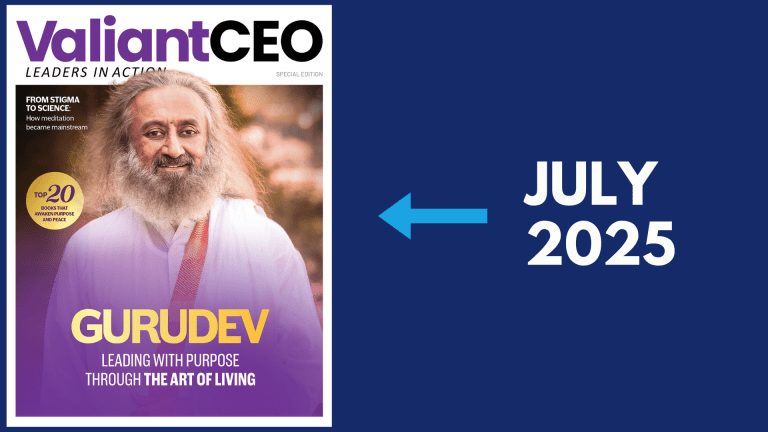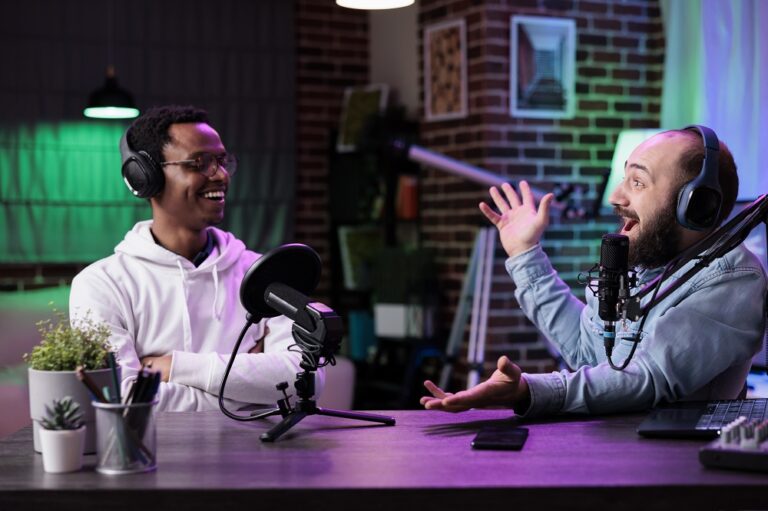Podcasting has quietly reshaped the landscape of media, evolving from a niche format into a central space where content creation is no longer a one-way street. What was once the domain of a few creators speaking to an audience is now a deeply interactive platform, where listeners aren’t just passive consumers but active participants in the creative process. This transformation isn’t just about convenience or the proliferation of podcasts; it’s about the fundamental shift in how we think about media itself. The line between creator and audience has blurred, and in that blurring lies a new kind of collaboration.
At the core of this shift is a feedback loop that challenges traditional content models. In the past, media was broadcast outward, with little expectation of response. But in the podcasting world, listener feedback is no longer a side note; it’s central to how episodes are shaped and stories are told. This dynamic—where content creation becomes a conversation rather than a monologue—points to a broader trend in media, where the distinction between those who produce and those who consume is increasingly irrelevant. Podcasting, more than any other medium, thrives on this fluidity.
Consider Tanner Winterhof, co-host of Farm4Profit, who initially approached his podcast like many others: create content, put it out there, hope it resonates. But as his audience grew, something became clear—episodes built on listener suggestions not only performed better but felt more relevant, more alive. Winterhof’s experience is illustrative of a larger phenomenon happening across the podcasting world. It’s no longer enough to simply broadcast; the creators who are thriving are those who engage, who listen, who see their audiences not as passive recipients but as collaborators in the process. What this shift reveals is not just a new way of making content, but perhaps a new way of thinking about media entirely—one where the boundaries between creator and audience continue to dissolve.
Recognizing Key Trends from Feedback
There’s something curious about the way feedback works. In the early days of podcasting, creators controlled the narrative. They decided the themes, the pacing, the subjects worth discussing. But somewhere along the way, something shifted. Podcasts, with their intimate, conversational tone, became less about broadcasting and more about conversing. And once you invite conversation, you inevitably invite feedback. The trick, though, is knowing what to do with it.
The real challenge for any creator isn’t just receiving feedback—it’s recognizing which feedback matters. The key is in identifying patterns. Like an anthropologist studying the recurring behaviors of a tribe, podcasters need to observe the repetitive signals in their listeners’ responses. Podcasters like Tanner Winterhof have learned to pay close attention to recurring suggestions as a signal of genuine audience interest. As he puts it, “If we start to get more than a half a dozen suggestions from our audience, that’s a topic we really need to focus on.” It’s not the occasional suggestion or the one-off idea that matters—it’s the ideas that keep cropping up, again and again, that reveal where the true interest lies. That’s where the hidden trends emerge, and those trends are what allow a podcast to evolve in ways that feel organic, not forced.
But feedback is tricky. Not all of it should be acted upon. If you follow every suggestion, you risk losing the essence of what made your content unique in the first place. The real art of prioritizing feedback lies in discerning which trends align with the show’s core and which ones are outliers. It’s a delicate balance—letting audience input shape the content without letting it overtake the creative direction. The most successful podcasters don’t just listen to their audience; they filter through the noise, finding the ideas that amplify their voice rather than drown it out.
Curating Suggestions While Maintaining Quality
Incorporating listener feedback can feel like navigating a fine line. On one side, there’s the undeniable value in hearing directly from your audience—they’re telling you what resonates, what they want more of, where the gaps are. But on the other side, there’s the risk of losing the thread, of letting outside voices pull the show too far from its original vision. The challenge is striking a balance: how do you integrate the best of what your audience offers without compromising the integrity of the content?
The best creators are selective. They know when a suggestion deepens the narrative and when it risks distracting from it. Feedback is valuable not because it dictates the content, but because it informs it. Creators sift through the noise to find the signals that align with the show’s core mission. In this way, feedback becomes a tool for refinement, not reinvention—helping podcasts evolve without losing their identity. Maintaining this balance ensures that the content remains true to its roots while staying open to growth and adaptation.
“It doesn’t mean every suggestion we got is great… but we make sure to listen, and that’s how we keep our audience engaged,” said Winterhof. It’s not about giving the audience full control, but rather about maintaining a thoughtful dialogue. By selectively integrating listener input, creators can keep their content fresh while preserving the authenticity that initially drew their audience in. This careful curation is how podcasts stay relevant—by evolving, but always on their own terms.






